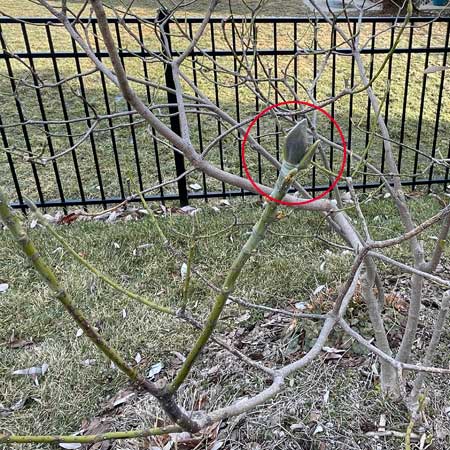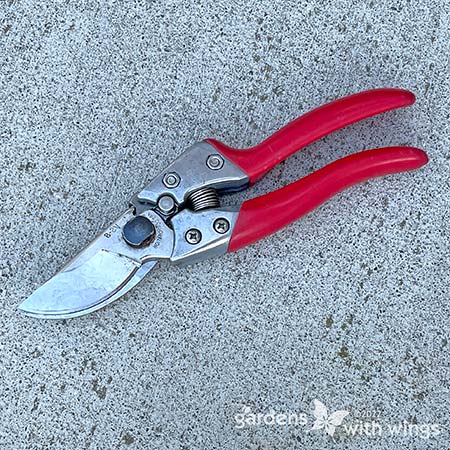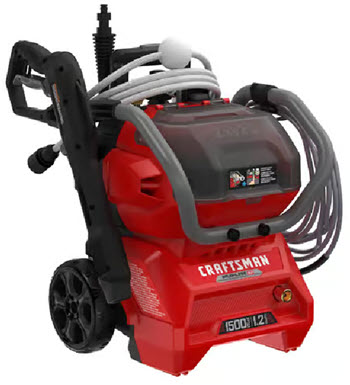Winter’s often a great time to prune many of your trees and shrubs, but it’s not a hard and fast rule for everything. There are definitely things to keep in mind.
One of the big reasons winter works well is that plants are dormant then. They’re basically “asleep,” not actively growing. This means less stress on the plant when you prune, lowering the chance of diseases getting in.
Plus, without all those leaves in the way, you can easily see the tree or shrub’s structure clearly, which makes it much easier to decide where to make your cuts. And for some trees, like maples, the sap flow slows way down in winter, so you won’t get nearly as much “bleeding” after you prune.
Exceptions and Considerations:

- Spring-flowering shrubs: Shrubs that bloom in spring (like lilacs, forsythia, and rhododendrons) should be pruned after they finish flowering. Pruning them in winter will remove the flower buds.
- Specific species: Some species have specific pruning requirements. For example, oak trees are best pruned in winter to avoid oak wilt disease.
- Severe cold: If it’s brutally cold out, you’re better off holding off on pruning. Those fresh cuts can get damaged by really low temperatures.
- Overall health: If a tree or shrub is already stressed or unhealthy, it may be more vulnerable to damage from winter pruning.
General Guidelines:
- Late winter or early spring: This is often the ideal time for pruning most deciduous trees and shrubs.
- Summer pruning: Light summer pruning can be done for maintenance or to shape certain plants.
- Avoid late fall: Pruning in late fall can stimulate new growth that is vulnerable to winter damage.
Before Pruning Research Specific Plants Needs
Do a little research before you start pruning—each tree and shrub has its own preferences. Your local garden club, the county extension office, or even a certified arborist can point you in the right direction.







